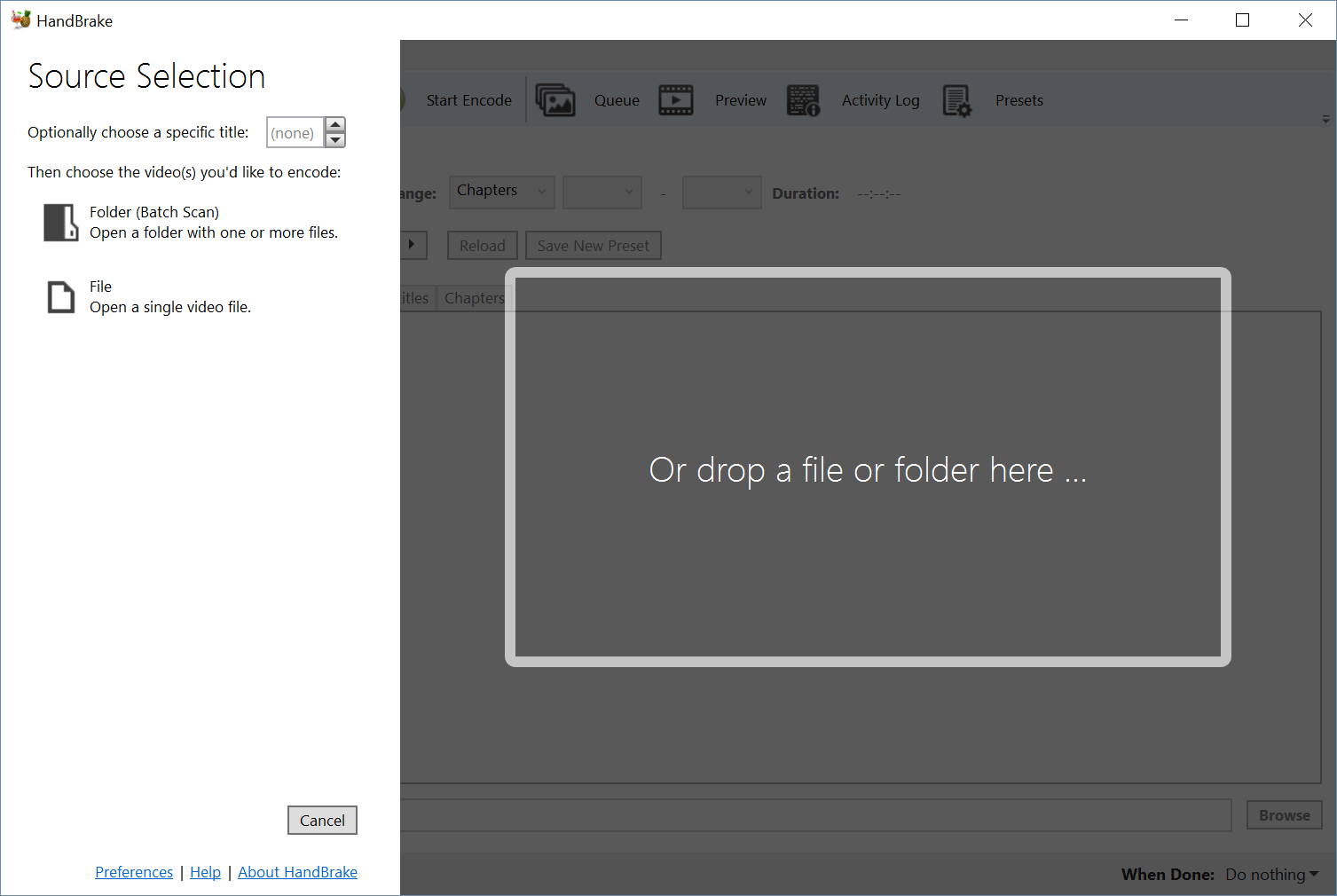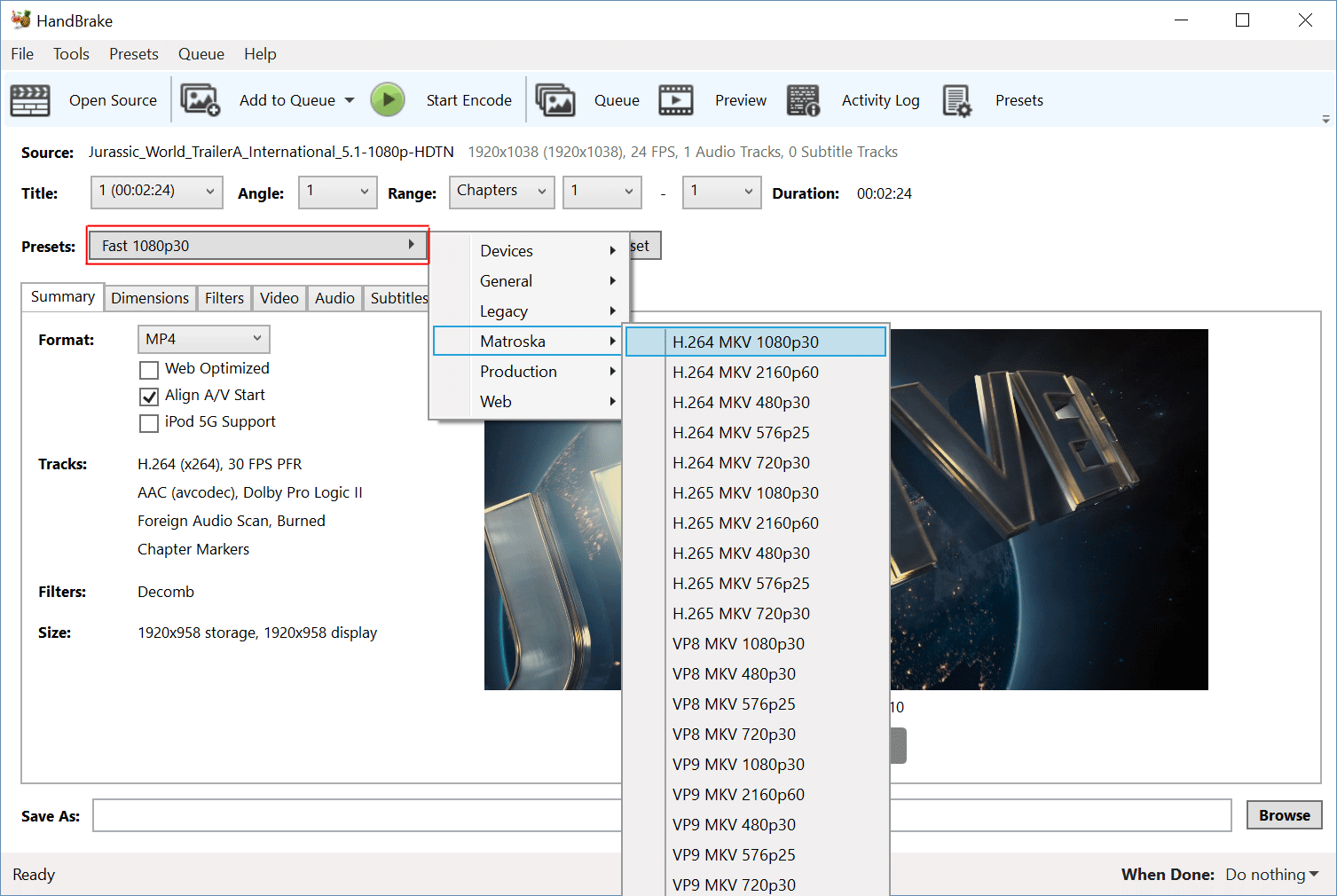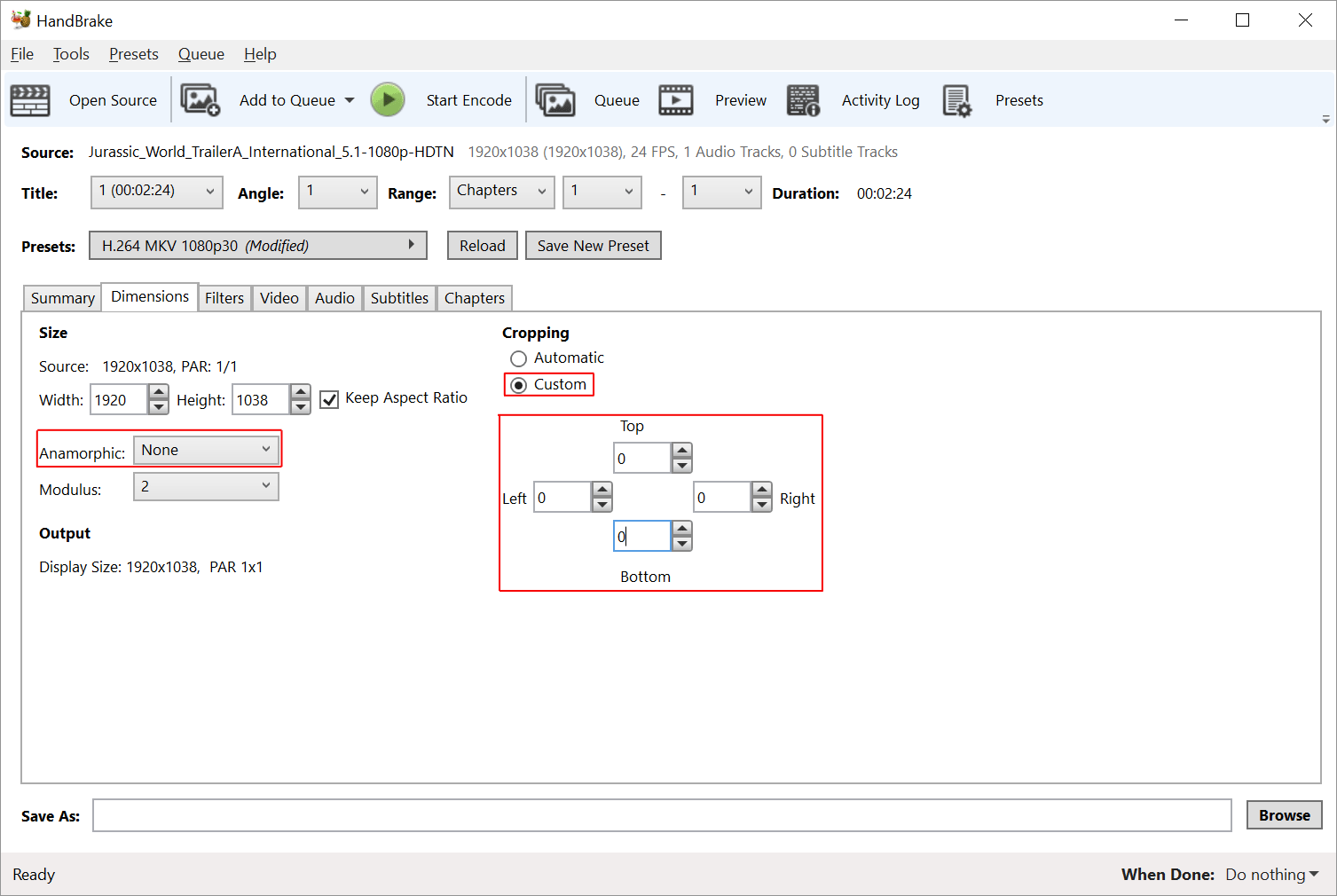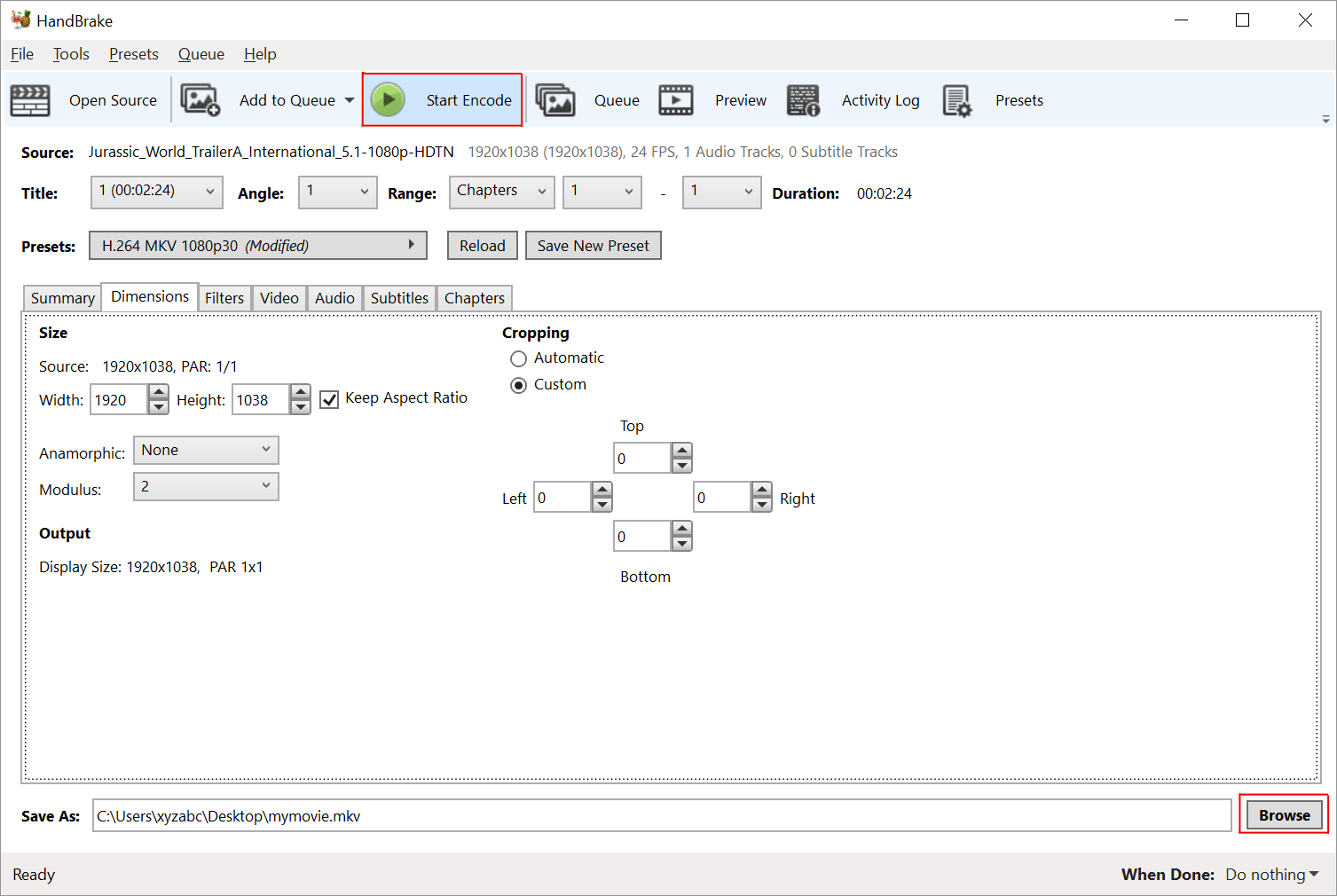Faqs
Micca MPLAY-HD Mini
How to remux videos into MKV format
The MKV container file format is quickly becoming the most popular choice for digital videos. Consequently, MKV is also the format that is best supported by HD-capable Micca digital media players. This tutorial will show you how to quickly convert a video that’s currently in a different container file format to MKV. It is also useful to remux an existing MKV file to fix any errors that may have been in the original file.
First, download and install the free MKVToolnix software from the following URL:
http://www.bunkus.org/videotools/mkvtoolnix/downloads.html#windows
After installing the the software, run the “mkvmerge GUI” program that’s now available from your Start->Programs->MKVToolnix menu. Follow the directions below to quickly convert videos into MKV:
- Click on the “add” button and find the video file you want to convert into MKV. Once the video has been succsfully added, it’s audio and video tracks will be shown in the “Tracks, chapters and tags” box.
- Click to select the video track in the “Tracks, chapters and tags” box. The video track is identified by “type: video” in parenthesis.
- With the video track highlighted, go to the “Extra options” tab and change the “Compression” field value to “none”. This is a very important step.
- In the “Output filename” box, specify the output file. By default, the program will use the same directory and file name as the original file but with MKV file extension.
- Click “Start muxing” button to begin the conversion. Depending on the size of the original video file, this process should take just a few minutes.
- Click on the “Ok” button once the conversion is complete.
And that’s all there is to it. The resulting file should be about the same size as the original and there is no decrease in video or audio quality. MKVMerge is a very powerful tool and it can do a lot more than what’s described in this guide. For example, it is also possible to add additional audio and subtitle tracks to the video file by adding them in step 1. If these additional capabilities are of interest to you, read the help documentation that is supplied with the software for more information.
What’s the difference between Micca MPLAY-HD Mini and Micca Speck G2?
Micca recently released the new MPLAY-HD Mini digital media player, positioned as an affordable upgrade to the Speck G2. The MPLAY-HD Mini shares the same compact aluminum design, but offers a host of upgrades in capability with only a modest increase in price. Here are the main improvements that the MPLAY-HD Mini has over the Speck G2:
Please note that despite these improvements, the MPLAY-HD Mini still has some limitations that are important to keep in mind: it does not play HEVC/H.265 videos, 10-bit MKV, or videos with resolution higher than 1920x1080p, such as 4K videos.
| MPLAY-HD Mini | Speck G2 | |
| Playback image quality | Excellent | Good |
| Video bit-rate support | 40mbps | 10mbps |
| MP4 video file size | No size limit | 4GB max |
| ISO video file support | DVD and BD | Not supported |
| HDMI audio output | PCM stereo, 5.1/7.1 surround | PCM stereo only |
| Subtitle support | SRT, SUB+IDX, PGS | SRT |
| Video resume play | Automatic resume on power up | Manual resume by selection |
| Hard drive support | Up to 4TB | Up to 2TB |
| File system support | FAT/FAT32/exFAT, NTFS, HFS+, EXT3 | FAT/FAT32, NTFS |
| USB host ports | 2 | 1 |
| Memory card reader | microSD | SD |
| External IR sensor jack | Yes | No |
Deleted videos, photos, or music files still show up
If you’ve deleted some media files from a USB drive or SD card, yet the deleted files still show up, the issue is likely caused by the presence of Windows Recycling Bin or MacOS Trash Can folders on the USB drive or SD card. Fixing this issue requires emptying the contents of these folders permanently.
Warning: The purpose of the Windows Recyclin Bin and MacOS Trash Can is to allow you to recover previously deleted files that you later need. The steps below permanently empties these folders so you will not be able to recover these files again. Proceed only if you are certain that you do not need these files.
To empty the Recycling Bin folder created by a Windows PC, plug your USB drive into the PC, wait for the drive to show up in Windows Explorer. Right click on the drive and select “Properties”. In the “General” tab, click on “Disk Cleanup”. Place a check mark for “Recyclin Bin”, and click “OK”. This will delete the contents of the Recycling Bin on the USB drive.
For MacOS, there is unfortunately no built-in way to empty just the Trash Can on a USB drive; all Trash Can folders on all drives are emptied by default. To empty the Trash Can for all drives, plug your USB drive into the Mac, wait for it to mount. Next choose Empty Trash under the Finder menu or press Command+Shift+Delete. A pop up will ask you to confirm that you wish to empty the Trash Can.
Micca MPLAY-HD Mini does not turn on or has no power
The MPLAY-HD Mini is designed to automatically power on after plugging in the power adapter. If the power light does not turn green (or blue in older versions) when you plug in the power adapter, please check to ensure that you’ve plugged the power adapter into the power jack on the MPLAY-HD Mini. The yellow colored AV jack is 3.5mm and is the same size hole as the power jack, and some customers have accidentally plugged the power adapter into the AV jack. This does not damage anything, but will cause the MPLAY-HD Mini to not turn on. Please check to make sure that you’ve plugged the power plug into the correct power jack on the MPLAY-HD Mini.
720p/1080p HD Video Encoding Tutorial
Encoding a video in 720p or 1080p high definition format is easier than ever thanks to the availability of free and well working tools like Handbrake. This tutorial will show you how to use this wonderful tool to recode videos into popular MP4 or MKV formats for playback on Micca products that support 720p and 1080p video playback. To start, download and install Handbrake suitable for your operating system from the link below:
https://handbrake.fr/downloads.php
At the time of this tutorial, the Handbrake version is 1.1.2, your screen might look slightly different but should be very similar.
Step 1 – Open the source video
After installing Handbrake, run it and the following window should be displayed. Drag and drop your source video into the Handbrake window to open it.

Step 2 – Select a encoding preset
Handbrake as numerous convenient presets built-in that are especially useful for our purpose. Choose preset according to the following:
If you want MKV videos (preferred):
If you want MP4 videos:
For this tutorial we are choosing Matroska->H.264 MKV 1080p30 as shown in the image below

Step 3 – Adjusting Dimensions
Click on the Dimensions tab and make the following changes:
The window should look similar to the following:

Step 4 – Saving your new video
Almost done! Click on the Browse button and choose a file name and location to save to. Finally, click on the Start Encoding button to begin encoding the new video. After the encoding is done, the new video should play very well on your Micca player.

Other Settings
Handbrake is a powerful piece of software and there are many other possible settings available that are beyond the scope of this tutorial. Here’s a brief introduction on what the settings in the other tabs do:
Filters: Special video processing filters that can be used to remove noise and artifacts from the video.
Video: Encoding settings for the video track. The Quality setting on this tab can be useful even for novice users. Constant quality is the preferred setting. Make small adjustments to this value and do not change more than 2-3 away from the default value.
Audio: Encoding settings for the audio track, can be useful if you want to include multiple sound tracks or have surround sound tracks.
Subtitle: By default Handbrake does not add any subtitles. You can choose to add in subtitles that exists from the source video, or by importing SRT subtitles.
Chapter: By default Handbrake will retain any chapter marks that were in the original video. You can also import chapter marks from an external source if available.
